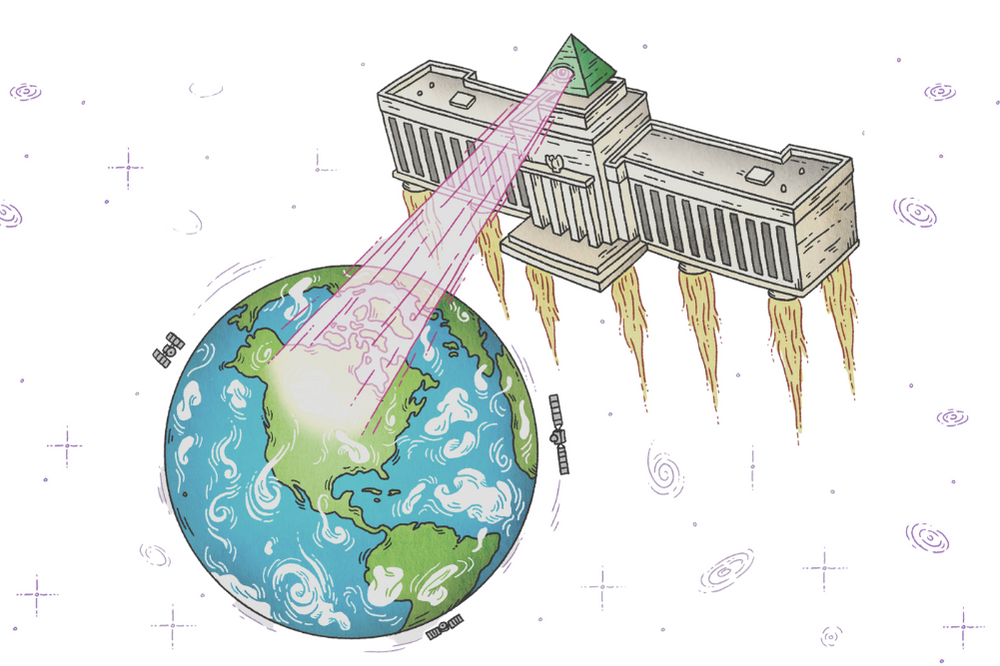2/2/22
By Mark Sauer
You’re likely aware by now that the market has been rather volatile since mid-January. The recent market pull back has been attributed to Morgan Stanley’s projected rate hikes by the Fed – projecting 4 rate hikes for a total of 1% or 100 basis points – and perceived concerns about poor earns (compared to high valuations – resulting in current, exorbitant ‘price to earnings’). These two concerns culminating with a general sentiment by traders and retail investors alike that “when will this rally ever end?” has triggered a selloff for fear that it is, in fact, ending.
I believe the fed will not raise rates this year more than two times, or .5% (50 basis points). It’s simply not necessary – the market’s reaction is one indication of this, and it’s an election year. I believe raising rates 4 times or more will lead to an inverted yield curve (see charts below) and further deterioration of the market. The current thinking is if prices of goods and services go up, we have ‘inflation’ – this is true in some sense, but it’s an over simplification of inflation. A more accurate reflection is if wages go up at a faster rate than prices, then you have ‘inflation’. If prices go up faster than wages, you are headed for more of a recessionary impact than anything else. It is my current belief that the latter is more likely than the former given the current state of affairs and what the yield curve will reflect if the Fed raises rates 4 times.
In regard to earnings. The ‘Personal Consumption Expenditure’ (PCE) is at an all-time high – see here – however, the persistence of high costs for goods and services, labor shortages (what’s being referred to as ‘the great resignation’), continued supply chain issues and weaker consumer sentiment about market’s and purchasing power, have led us to adopt a more cautious outlook than the PCE would suggest.
I will continue to keep you updated on our perspective on the general direction of the markets in ’22. Expect further shifts in allocations in your portfolios in an effort to capture those who will benefit from these market conditions while avoiding those who will be hurt further.
My Projected Winners in ’22:
Credit/Financials
REITs
China
Commodities
Leveraged Loans
Some chats to support my thinking:
Prices (CPI) vs Wages (AHE) 1yr

Prices (CPI) vs Wages (AHE) 5yr 
If the fed raises 100 bps (four rate hikes), the curve becomes inverted.

If the Fed raises 50 bps (two rate hikes), the curve stays relatively flat.

Please reach out to me with any questions or concerns – I would love to hear from you.
Warmly,
Mark Sauer







